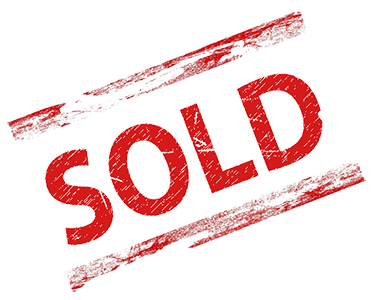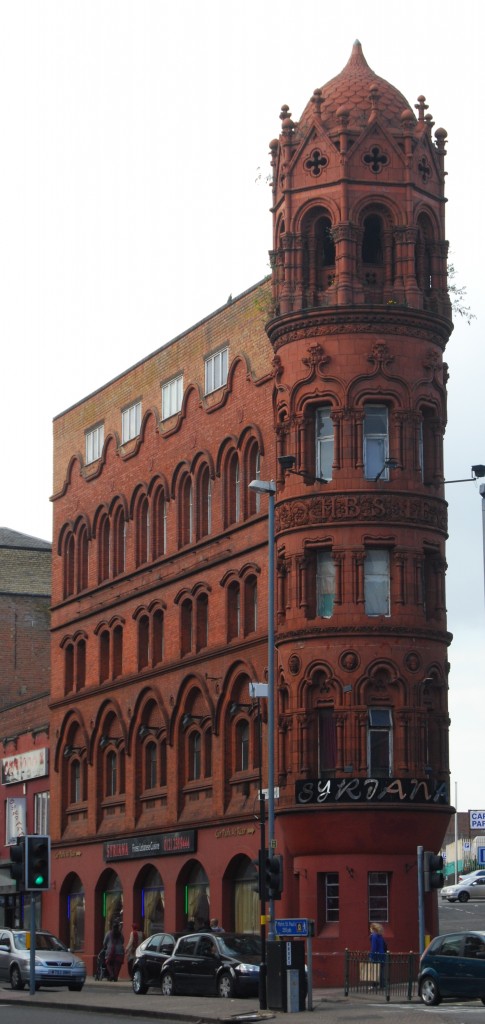

It was the last to be held in Westminster Hall, and William IV's coronation 10 years later didn't feature a banquet at all to economise after George IV's extravagant reign. After the king left, the spectators descended from their stands and began to eat the leftover food and attempted to take the ornate cutlery, plates and table decorations.Īlthough coronation banquets had historically been extravagant affairs, King George IV's was the high-water mark.

The division of huge numbers of people watching a sumptuous feast play out turned out to be a recipe for disaster. In total, the guests ate 7.3 tonnes of beef, veal and lamb, more than 1,600 chickens and 8,400 eggs.Īlthough, as might be expected at an event of this scale, not everything went to plan. French-style cuisine was served from temporary kitchens constructed to cope with the quantity of food, and the king's table alone had more than 70 dishes over three courses. Dining elsewhere in the palace were 1,300 other guests. In Westminster Hall, now the oldest remaining part of the original Houses of Parliament, the king and 300 of the most important guests dined under the gaze of thousands of spectators sitting on specially constructed platforms. Famous for his extravagant lifestyle and racking up eyewatering debts, his coronation, held on 19 July 1821, was the most expensive in history, costing the equivalent of more than £20,000,000 in today's money. Whether it's being served on gilt plates at grand banquets or on trestle tables at celebratory street parties, coronation food has its own fascinating story and can offer a reflection of the time or a first glimpse into the values of the newly crowned king or queen.Īn extreme example of excess is the coronation banquet of King George IV. While much has changed in that time, one thing has remained constant: food has played a part in the crowning of the new king or queen. Coronation ceremonies for the monarchs of England, Britain and the United Kingdom have a history stretching back more than 1,000 years.


 0 kommentar(er)
0 kommentar(er)
